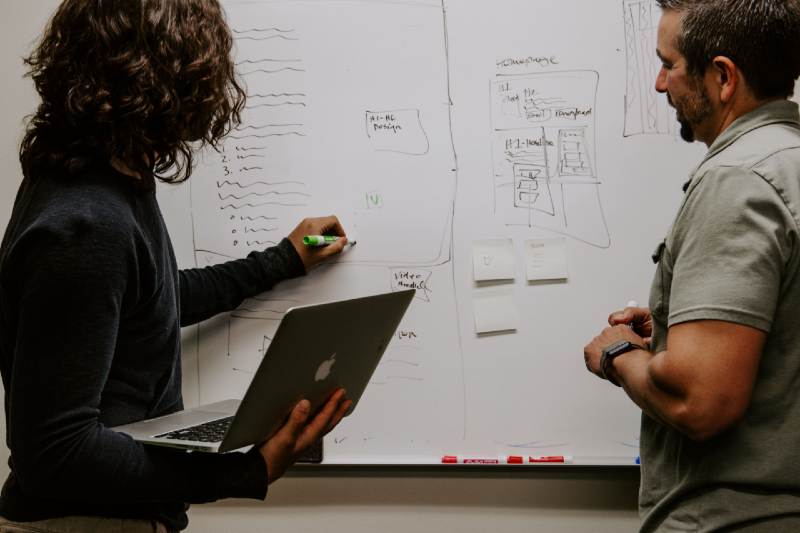
Autonomous Robotic Lawnmowers: Getting to Market Quickly
Legacy manufacturers and emerging startups in a race to capture the opportunity.
Tom Bennett, CEO Inertial Sense
When most people hear about autonomous navigation, they think cars, trucks, and airplanes. And there’s no question that those markets are ubiquitous, generate the majority of headlines, and have an undeniable cool factor. You couldn’t take two steps at the 2020 CES Show without bumping into yet another autonomous car or truck (even motorcycles and Formula 1…but don’t get me started talking about cars).
There’s also no question that the automotive and aviation markets are highly regulated, have enormous risk and safety issues, and are subject to many forces outside of the control of the manufacturers trying to bring their products to market. But, before we see self-driving cars replace our daily commutes, we will see real autonomy take off in smaller, less risky, and less regulated areas—-as Gartner calls them, “Autonomous Things.”
“Autonomous things are physical devices operating in the real world that can operate without human direction. Drones, robots, vehicles, appliances and agents are becoming increasingly autonomous…. are viable in certain controlled environments today, and in many cases will be operating in uncontrolled environments with full autonomy in the next few years.” (Gartner, “Top 10 Strategic Trends for 2019: Autonomous Things”)
Broadly defined, “autonomous things” are workhorse devices that can operate without human direction (in controlled environments today, and in uncontrolled environments soon). Autonomous things use artificial intelligence (AI) to automate tasks or processes and exploit AI to deliver advanced behaviors that allow them to interact more intelligently and proactively with their surroundings and with people. Many types of autonomous things already exist and operate across many environments, with varying levels of capability, coordination, and intelligence.
Autonomous Mowers, already a multi-billion-dollar market
Over the last few years, a handful of companies have launched self-driving lawnmowers but using guide-wires to map the area to mow. Truly autonomous mowers will use sensor fusion, visual and audio inputs, and AI to operate with no wires and minimal human intervention other than setup and initiation. Both large, established mower companies, as well as nimble startups, are chasing the opportunity to capture early leadership and market share.
Within my own direct experience advising late-stage private and public companies on corporate venture innovation and future-proofing, I’m intimately familiar with the hard choices larger companies face. They can develop their own autonomous solutions in-house through extensive R&D, or they can partner with companies who provide the components and systems to build new or retrofit existing machines for autonomy. In-house solutions appeal to many companies, with the ability to customize solutions to fit the unique needs of their specific machines and applications, and the research done for one area of a business can often benefit other parts as well. But it’s generally very expensive, often requires building out a new team, and requires navigating internal politics, turf wars (pun intended), and budget battles found in large organizations.
The other is to partner with someone to integrate autonomy into their product and technology stack. Done right, this type of “design partnership” can result in lower costs, products delivered faster to market, is less distraction for the core business, and provides a free platform for innovation. For example, Brain Corp, a company that develops autonomous floor care solutions, has said that they save their customers approximately 300,000 R&D hours and $30 million in development costs, which is equivalent to a 75-person R&D team working for two years.
This is not to say that startups coming to market with a complete robotic mower solution don’t face the same decision – with the exception of internal politics and turf wars, it’s still worth looking at key partnerships who can help get to market faster and cheaper.
Tom Bennett, CEO, Inertial Sense
Tom Bennett has been in technology for 30 years, is a previous two-time CEO, and has served as a board director for multiple technology companies (including Cylance, recently sold to Blackberry for $1.5B). He has also been a venture capital partner, focusing on incubating startups in the “Industrial Internet of Things” space, in addition to advising late-stage private and public companies on corporate venture innovation and future-proofing strategies.

